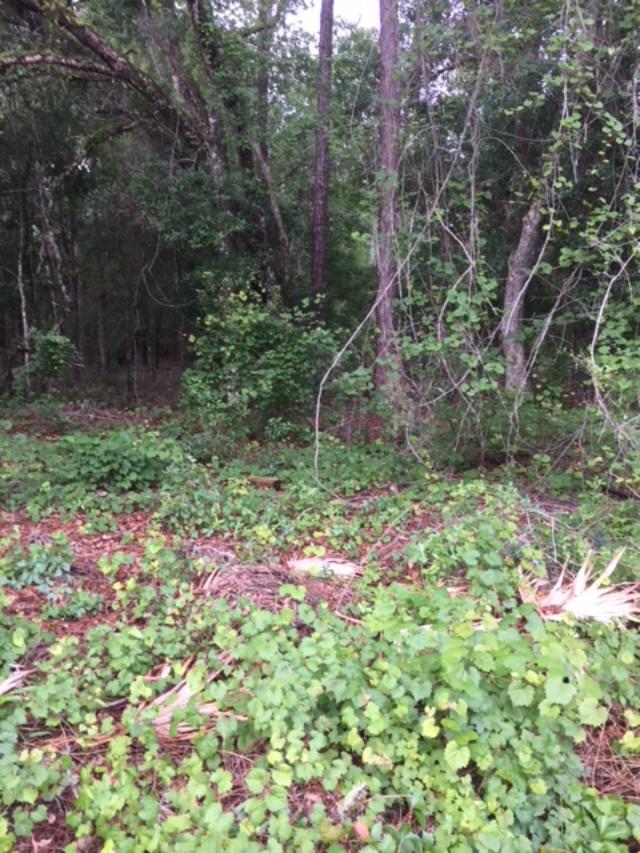Discover Florida Nature
It's time to explore the natural Florida


|
|
|
|
|
 Scrub
and High Pine areas are a common part of Florida's Upland Ecosystem. Imagine living in a pre-modern Florida with snakes, bugs, bears and panthers. There was no Disneyworld or other tourist attractions. The only thing Florida had going for it was logging, phosphate mining, and turpentine.
Large pine tree fields were grown by farmers and harvested for wood and pencils. Scrub
and High Pine areas are a common part of Florida's Upland Ecosystem. Imagine living in a pre-modern Florida with snakes, bugs, bears and panthers. There was no Disneyworld or other tourist attractions. The only thing Florida had going for it was logging, phosphate mining, and turpentine.
Large pine tree fields were grown by farmers and harvested for wood and pencils.When we think of Florida pine scrub areas, we think pines tress with underbrush that includes: saw palmetto, native berry bushes, scrub oaks, and other low lying growth. Scrubs have sandy soil and are above sea level and have less flooding. Its soil has little nutrients but the plants find a way to survive. SUBSTRATE: Droughty, sandy, low-fertility soils. TOPOGRAPHY: Hilly uplands. VEGETATION: you will find multiple types of scrub oaks and other less pristine trees, along with smaller growth FAUNA: Scrub—The scrub are a great place for many of Florida's burds and mammals. This includes threatened Florida scrub jay, Florida scrub lizard, threatened sand and blue-tailed mole skinks, gopher tortoise, threatened Florida black bear, white-tailed deer, bobcat, gray fox, spotted skunk, raccoon. the endangered red-cockaded woodpecker, bobwhite quail, Sherman's fox squirrel, and most of all the gopher tortoise, whose burrows are used by a multitude of animals The Florida Scrub Ecosystem depends on infrequent, high-intensity fires. These fires clear the underbrush and allows much needed sunlighlight to make it possible for new growth. NEGATIVE IMPACTS: The scrub ecosystem in Florida is threatened by people and new development. Unlike the swamp lands, scrub areas can be cleared and make a prime spot for new housing subdisions. It is ussually flat and covers a wide area so what was unlivable before air conditioning is now overun with humans. If you ever walk through a scrub area be prepared for large banana spiders, snakes, and bobcats.
Scrub is a plant community characterized by the dominance of shrubs, in contrast to forests which are dominated by trees, and savannas and prairies which are dominated by grasses. The Florida scrub environment is harsh. Without a canopy of trees, summer temperatures are hotter than in other plant communities. Rain water rushes through the deep, sterile sands as fast as it falls. Fires sweep through the bushes burning the scrub to the ground at unpredictable intervals. The loose sands are shifted about by wind, abrading and sometimes burying small plants. Only the toughest plants and animals can survive! Under natural conditions, savannas and prairies burn every 1-5 years, and forests only once in a century or even less often. Scrub is maintained by fires that burn the plants to the ground at intermediate intervals of 30-75 years or so. The scrub-adapted plants then re-sprout from their roots or germinate from seeds that were already "banked" in the sand. |
|
|
Advertise | Privacy Statement | Dog Encyclopedia | Video |Contact | Alaska Nature |
|